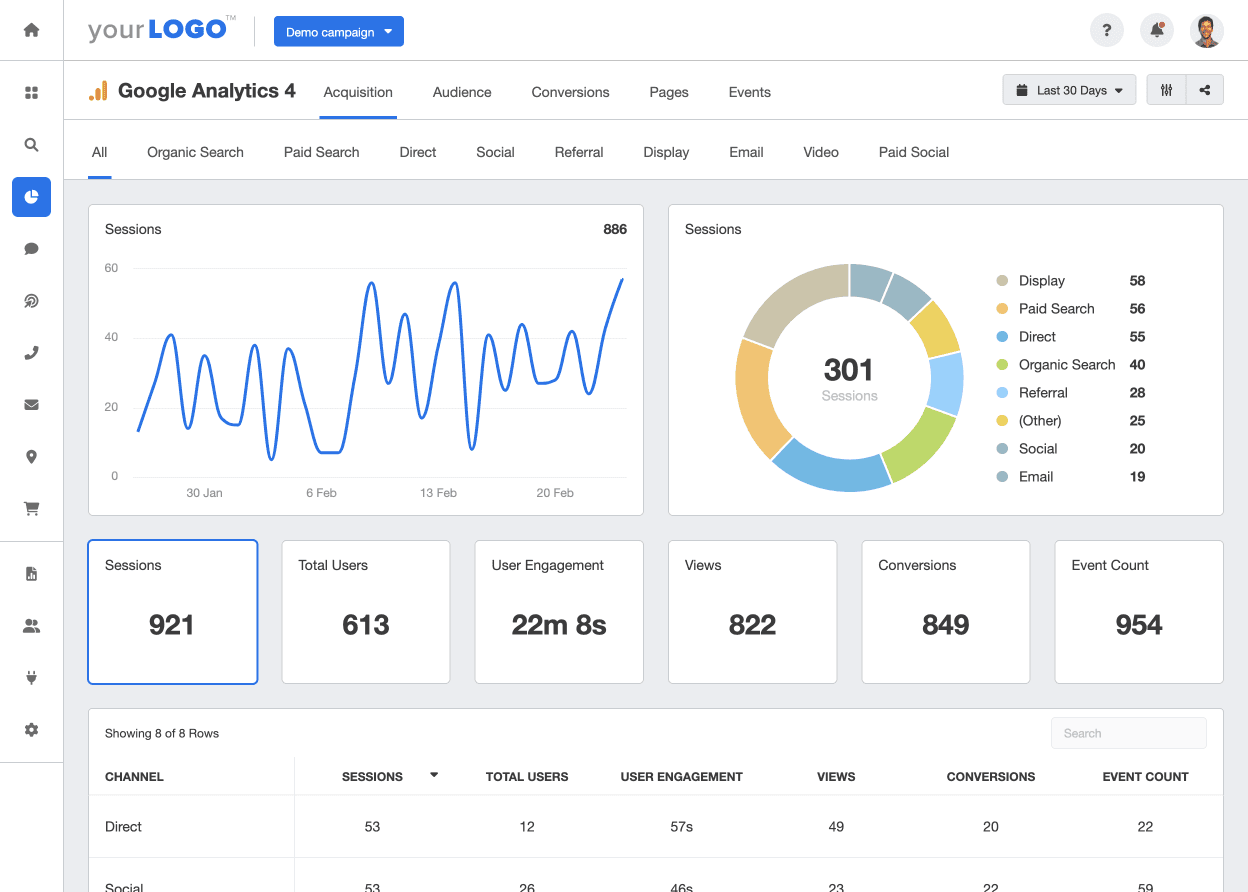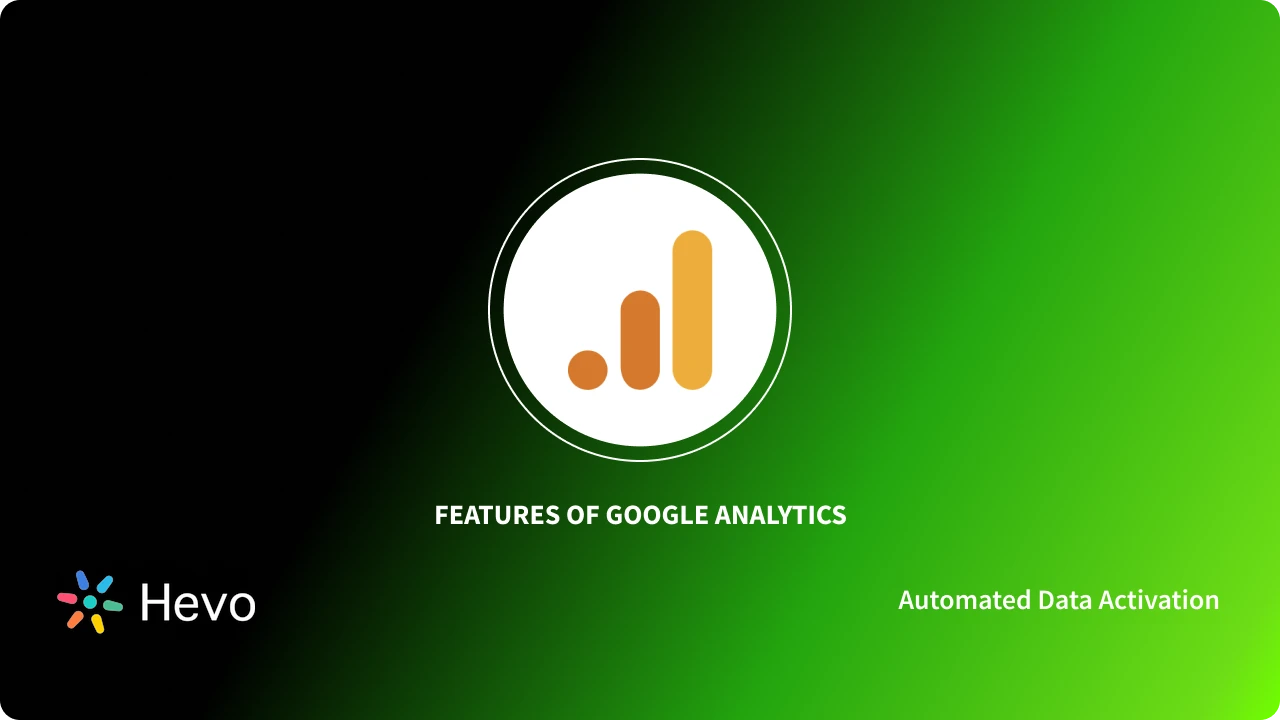Unpacking the Secret: When Does the Google Analytics Tracking Code Send an Event Hit to Analytics?
Master Website Insights With Accurate Google Analytics Tracking Code
The efficient utilization of Google Analytics pivots on the accurate execution of its tracking code, a fundamental step typically overlooked by site owners. What are the typical pitfalls that could weaken your tracking efforts, and just how can you guarantee precision in your method?
Recognizing Google Analytics Basics
Google Analytics is a crucial tool for internet site owners and marketers, supplying important understandings right into user behavior and internet site performance. At its core, Google Analytics gathers data concerning visitors to an internet site, allowing individuals to evaluate metrics such as web traffic resources, individual involvement, and conversion rates. Understanding these basics is critical for optimizing a web site's effectiveness and enhancing individual experience.
The system uses cookies to track communications, recording data such as page sights, session periods, and bounce prices. This details is aggregated and presented through adjustable control panels, making it possible for customers to envision fads over time. Key performance indicators (KPIs) can be kept an eye on, such as the overall variety of individuals, brand-new versus returning visitors, and the geographic distribution of the audience.
Moreover, Google Analytics offers segmentation features, allowing customers to separate details traffic resources or customer demographics for even more targeted evaluation. By mastering these foundational components, web site owners can make educated decisions regarding web content strategy, advertising campaigns, and general website enhancements. Eventually, recognizing Google Analytics fundamentals is essential for leveraging information to drive growth and achieve organization goals efficiently.
Setting Up Your Tracking Code

Duplicate the given tracking code and paste it right into the HTML of your web site. This ensures that the monitoring code tons prior to any other content, enabling it to capture information precisely.
After installation, validate that the monitoring code is functioning correctly by utilizing Google Tag Assistant or the Real-Time reports in Google Analytics - when does the google analytics tracking code send an event hit to analytics?. This action is vital to validate that your data collection is accurate and energetic, establishing the foundation for insightful analysis
Usual Tracking Code Issues
Lots of site owners come across usual issues with their Google Analytics tracking code that can prevent data collection and evaluation. One common problem is improper installment. This might occur when the tracking code is placed in the incorrect area of the web site's HTML, usually causing missing or incomplete information. Additionally, having numerous instances of the tracking code on a single page can lead to filled with air metrics, as individual communications may be counted more than when.
One more concern arises from making use of ad blockers, which can prevent the tracking code from carrying out completely, hence skewing data. when does the google click resources analytics tracking code send an event hit to analytics?. Additionally, failing to configure filters properly can cause the exemption of crucial traffic resources or the incorporation of undesirable referral spam, distorting the data accumulated
Site owners might also overlook the importance of monitoring code updates, especially when migrating to Google Analytics 4 (GA4) from Universal Analytics. Last but not least, inadequate screening prior to releasing adjustments can result in unnoticed errors in the tracking code, additionally making complex data reliability. Resolving these common problems is vital for ensuring precise monitoring and informative analytics.
Studying Website Data Successfully
Accurate information collection is only the primary step in leveraging Google Analytics; the real worth depends on successfully analyzing that information to drive educated decision-making. To achieve this, it is vital to determine crucial performance signs (KPIs) that align with your service objectives. Concentrate on metrics such as conversion prices, customer engagement, and web traffic sources, as these will certainly supply understandings into individual actions and the total efficiency of your website.
Making Use Of Google Analytics' division functions permits for a deeper understanding of your audience. By breaking down information right into specific demographics, behaviors, and web traffic channels, you can uncover trends and patterns that educate targeted approaches. Executing customized reports and dashboards can simplify this procedure, enabling quick access to essential information.
Furthermore, consistently reviewing information patterns with time helps to recognize anomalies and opportunities for renovation. Make use of visualization tools to present information in a quickly digestible format, facilitating a lot more effective interaction with stakeholders. Eventually, the capability to analyze web site data efficiently equips companies to make critical decisions that boost individual experience, optimize advertising efforts, and drive development.

Finest Practices for Accurate Tracking
Executing effective monitoring practices is important for obtaining reputable data in Google Analytics. To guarantee precise tracking, begin by appropriately mounting the Google Analytics tracking code on every page of your website. This can be completed through a tag manager or by straight embedding the code into the HTML.
Next, configure your Google Analytics account to exclude internal web traffic. This can be done by establishing up filters that identify and remove check outs from your company's IP address, therefore avoiding skewed information. Furthermore, use occasion tracking to monitor specific user interactions, such as downloads or video plays, which typical web page views might neglect.
On a regular basis examine your monitoring arrangement to confirm that all attributes, such as goals and ecommerce monitoring, are working correctly. Establish a consistent her comment is here naming convention for your occasions and projects to assist in simpler coverage and analysis.
Last but not least, consider leveraging UTM criteria for campaigns to obtain insights into the performance of various advertising and marketing initiatives. By adhering to these ideal methods, you can improve the accuracy of your information collection and evaluation, ultimately leading to even more educated decision-making for your internet site.
Final Thought
Precise execution of the Google Analytics tracking code is important for mastering internet site understandings. By making certain the monitoring code is properly put and on a regular basis audited, website proprietors can capture important individual interaction information, thus assisting in the identification of crucial efficiency signs. Reliable analysis of this information, incorporated with adherence to ideal practices, allows educated decision-making and the optimization of online methods. Eventually, a robust monitoring framework enhances the capacity to drive engagement and boost total site performance.

Not enough screening prior to releasing adjustments can result in undetected errors in the monitoring code, better making complex information dependability.Implementing efficient monitoring methods is essential for obtaining reputable data in Google Analytics. By making sure the monitoring code is appropriately positioned and on a regular basis audited, internet site owners can catch vital individual communication data, thus facilitating the recognition of key performance signs.